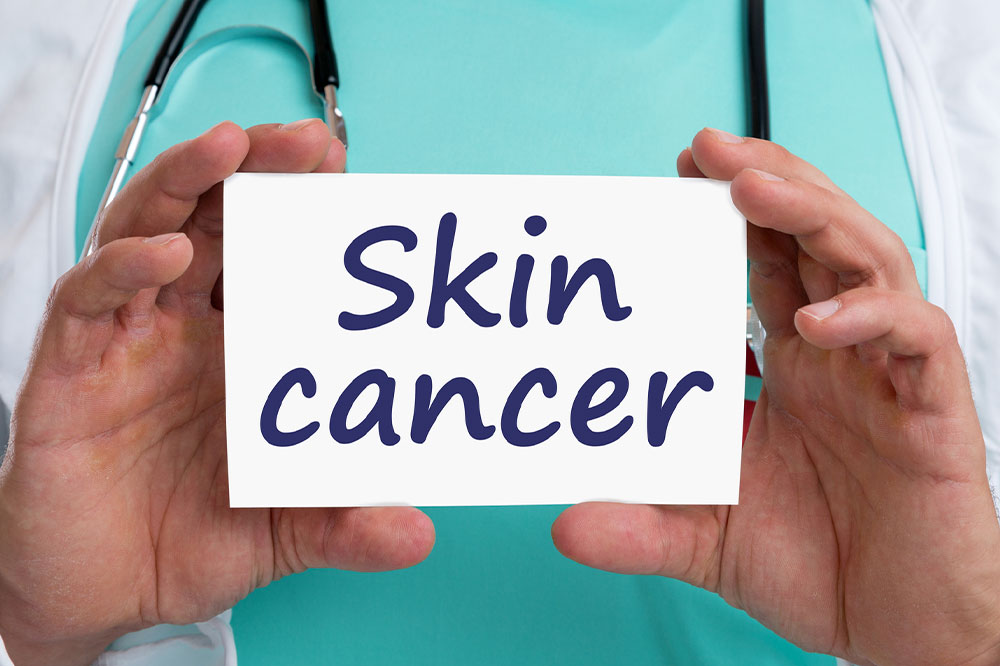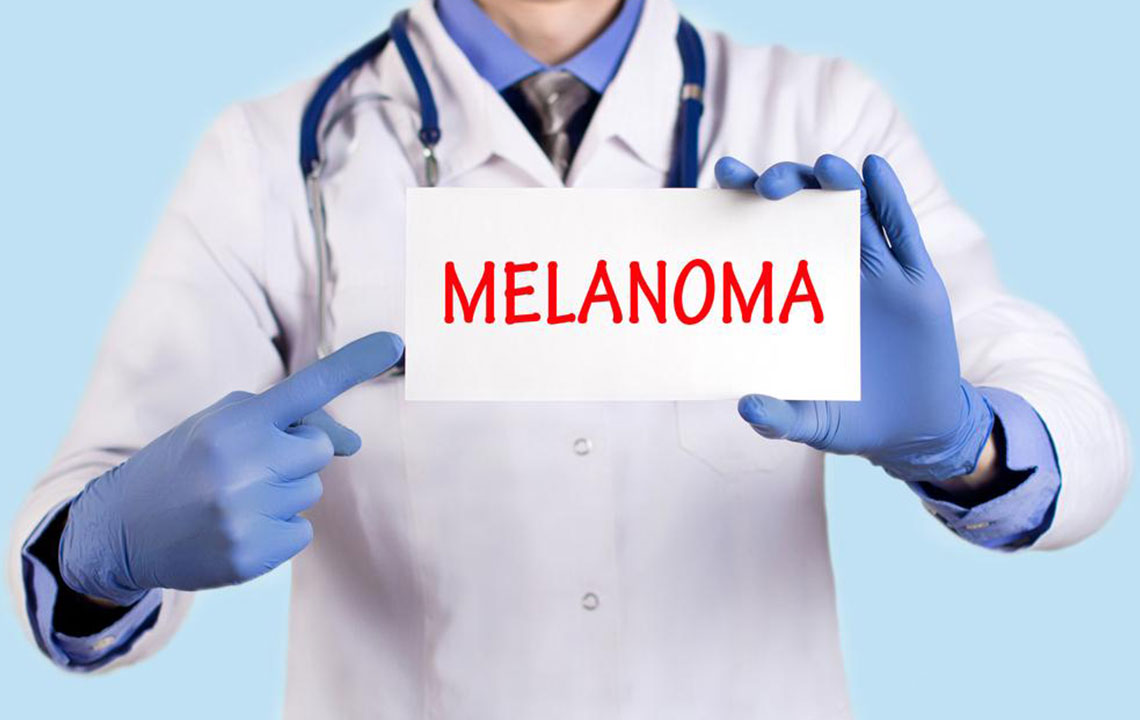Comprehensive Guide to Common Carcinomas: Types, Symptoms, and Treatment Strategies
This comprehensive article explores common types of carcinomas, such as basal cell and squamous cell carcinoma, detailing their symptoms, classification, and the latest treatment options. Emphasizing early detection and personalized treatment approaches, it aims to inform and guide readers on effectively managing these prevalent cancers, highlighting advances in surgical and non-invasive therapies for improved patient outcomes.

An In-Depth Exploration of Carcinoma Types and Their Effective Management
Carcinoma is a broad term that describes a class of cancers originating from epithelial tissues, which are the cells lining many of our body's organs, including the skin, digestive tract, and respiratory system. Understanding the various types of carcinomas, their symptoms, progression, and treatment options is vital for early detection and effective management. These cancers are among the most prevalent and can significantly impact a person’s health and quality of life if not diagnosed and treated promptly.
Carcinomas develop over time due to a combination of genetic, environmental, and lifestyle factors. Ageing, prolonged sun exposure, smoking, and a poor diet are among the primary contributors. As the most common types, basal cell carcinoma (BCC) and squamous cell carcinoma (SCC) predominantly affect the skin but can also occur within internal organs.
Basal Cell Carcinoma (BCC): The Most Common Skin Cancer
Basal cell carcinoma arises from the basal cells in the lowest part of the epidermis, the outermost layer of the skin. It is known for being the most frequently diagnosed form of skin cancer worldwide, particularly affecting fair-skinned individuals and those with significant sun exposure over their lifetime.
This type of carcinoma usually manifests on sun-exposed areas such as the face, neck, ears, and scalp. BCC grows slowly and rarely metastasizes, making it highly treatable if caught early. Its appearance can vary, but common signs include:
Shiny, skin-colored or pearly bumps that may bleed or scab over
Brown, black, or bluish lesions with raised borders
Flat, scaly patches that expand gradually
White, waxy scars with ill-defined edges in advanced cases
Squamous Cell Carcinoma (SCC): The Second Most Common Skin Cancer
SCC originates from squamous cells in the epidermis and often affects areas exposed to ultraviolet (UV) radiation such as the face, ears, neck, lips, and hands. When it develops internally, it can affect organs like the lungs, esophagus, and other parts of the digestive and respiratory systems.
Early detection of SCC greatly enhances treatment success. Typical signs include:
Red, firm nodules that may be tender and sometimes hard to detect initially
Open sores that tend to bleed, crust, and fail to heal
New growths arising near scars, ulcers, or previous lesions
Lesions on lips or inside the mouth, often ulcerated
Warty, raised areas around genital or perianal regions
Understanding Carcinoma Classification and Severity
Carcinomas are classified based on their invasiveness and spread. Recognizing the stage is crucial for determining the prognosis and choosing the appropriate treatment approach:
Carcinoma in situ: Confined strictly to the original site without invasion into surrounding tissues. Generally treatable with minimally invasive methods and has a high cure rate.
Invasive carcinoma: Cancer has penetrated neighboring tissues, muscles, or deeper layers. Often requires surgical removal, sometimes combined with other therapies.
Metastatic carcinoma: The cancer has spread beyond its original site to distant organs via lymphatic or blood circulation. Treatment may involve surgery, radiation, chemotherapy, immunotherapy, or a combination of these modalities.
Advanced Treatment Options for Carcinomas
Choosing an effective treatment depends on several factors, including the carcinoma type, stage, location, patient health status, and preferences. Recent advances have expanded the arsenal of treatment options, making personalized therapy more feasible than ever before. Common treatments for BCC and SCC encompass:
Topical Medications: Prescription creams, gels, or ointments, such as 5-fluorouracil and imiquimod, are often used for superficial lesions. These topical agents can stimulate the immune system or directly destroy cancer cells, especially effective in early stages.
Electrosurgery: This technique involves scraping off visible tumors followed by destruction of residual cancerous tissue using heat, chemicals, or electrocautery. It is particularly useful for small, superficial lesions.
Mohs Micrographic Surgery: A highly precise surgical method where cancerous tissues are removed layer by layer, with each layer examined microscopically until no cancer cells are detected. It minimizes tissue loss and has a high cure rate, making it the gold standard for high-risk or recurrent skin cancers.
Excisional Surgery: Suitable for small tumors, this involves removing the entire lesion with a surrounding margin of healthy tissue to ensure complete excision. Follow-up treatment may be necessary if margins are involved.
Radiation Therapy: Non-invasive treatment using targeted X-rays to destroy tumors. It is often recommended for patients who are not surgical candidates or as adjunct therapy post-surgery to reduce recurrence risk.
Cryosurgery: This method employs freezing agents like liquid nitrogen to destroy superficial skin cancers. It is ideal for patients with bleeding risks or those who prefer less invasive options.
Photodynamic Therapy (PDT): Combines photosensitizing agents with controlled light exposure to target superficial cancer cells. PDT is especially effective for small, surface-level tumors that are difficult to remove surgically.
All treatment options should be discussed thoroughly with health care professionals to choose the best approach tailored to individual patient needs. Early diagnosis, combined with advances in targeted and surgical therapies, is key to improving outcomes for carcinoma patients.





